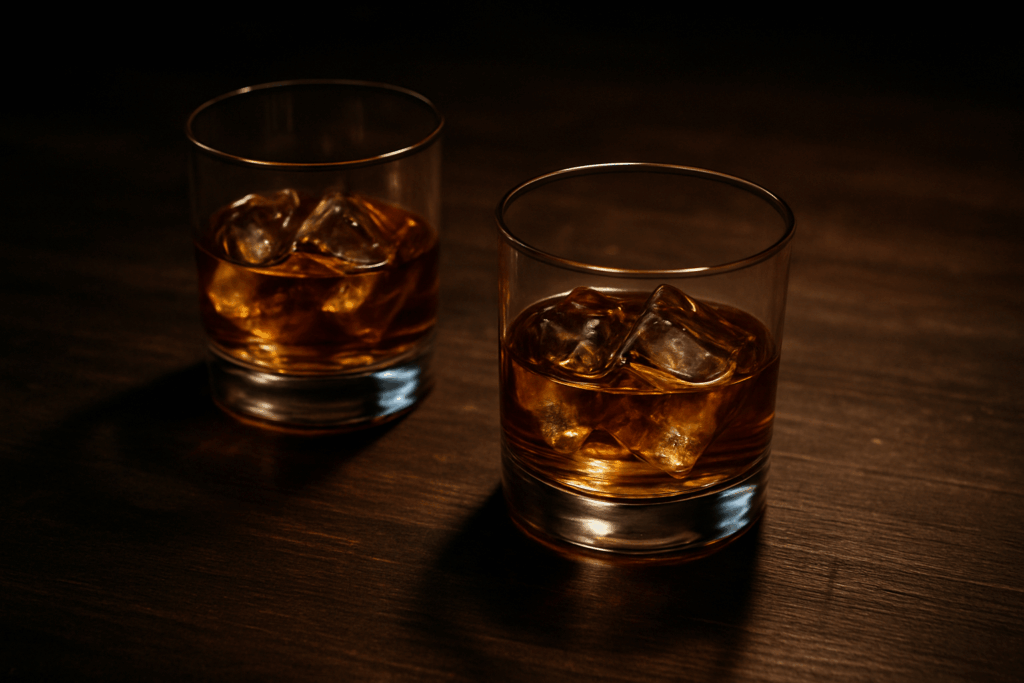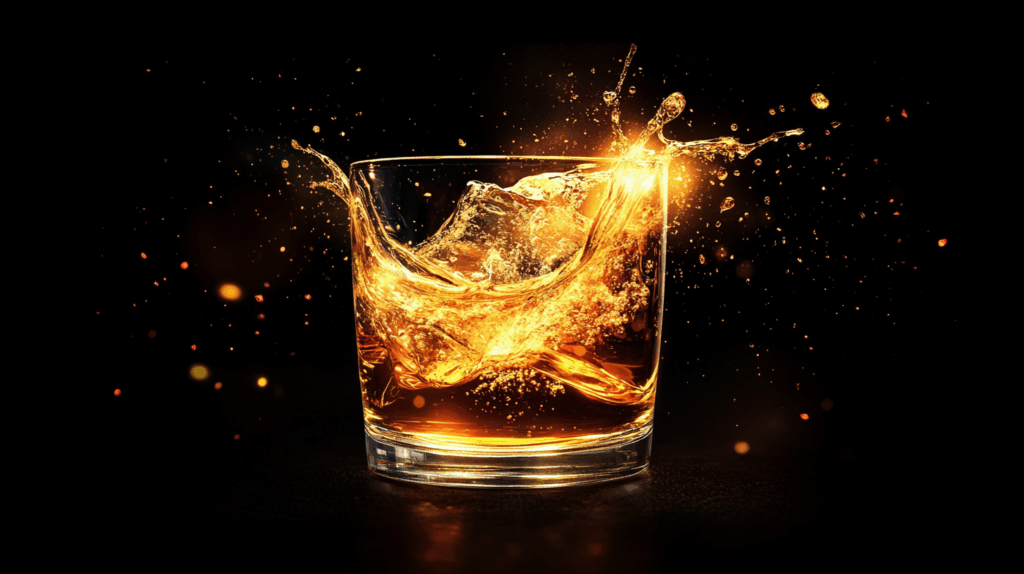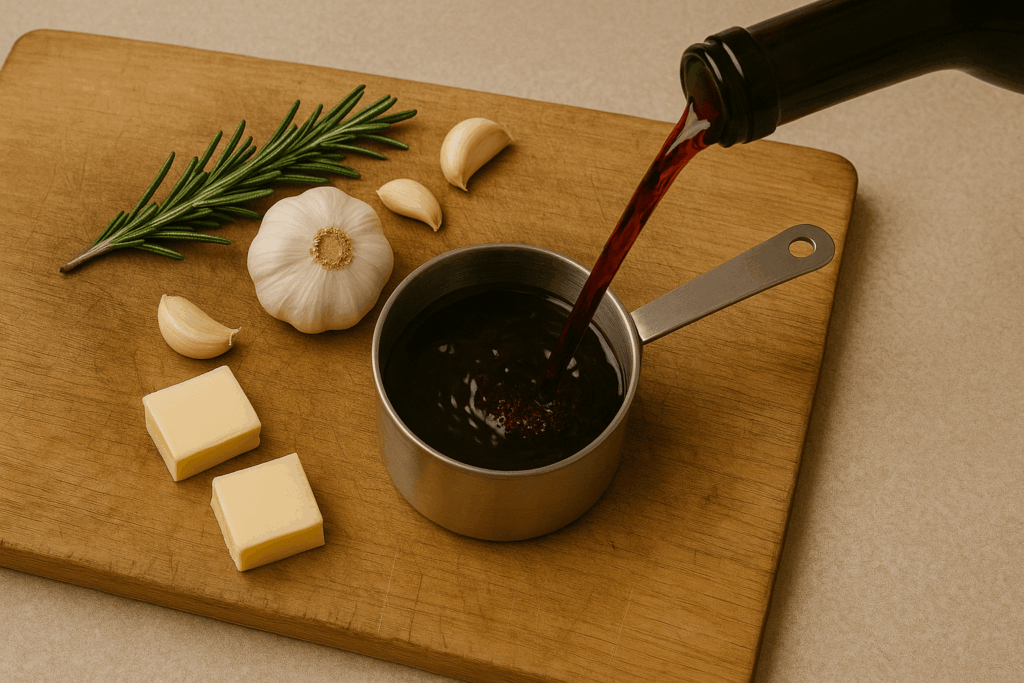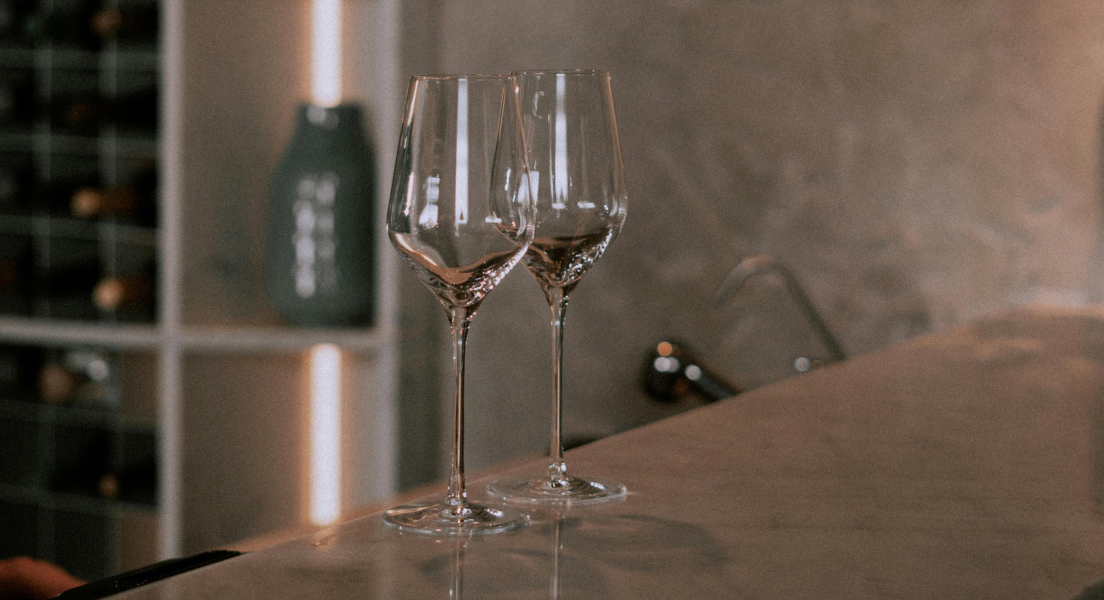
Wine, with its rich history and diverse flavors, has become a beloved beverage worldwide. Whether you’re a casual wine drinker or an aspiring sommelier, or anything in between, understanding the intricacies of wine serving sizes is essential. One common question that arises, especially when hosting events or purchasing wine, is: “How many glasses of wine are in a bottle?” This seemingly simple question has a multifaceted answer influenced by various factors such as bottle size, glass size, type of wine, and type of event.
In this ultimate guide, we’ll delve into the details, helping you become well-versed in the art of wine pouring, and providing all the information you need to serve wine of all types at your next gathering, celebration, or corporate function!
Standard Bottle Size
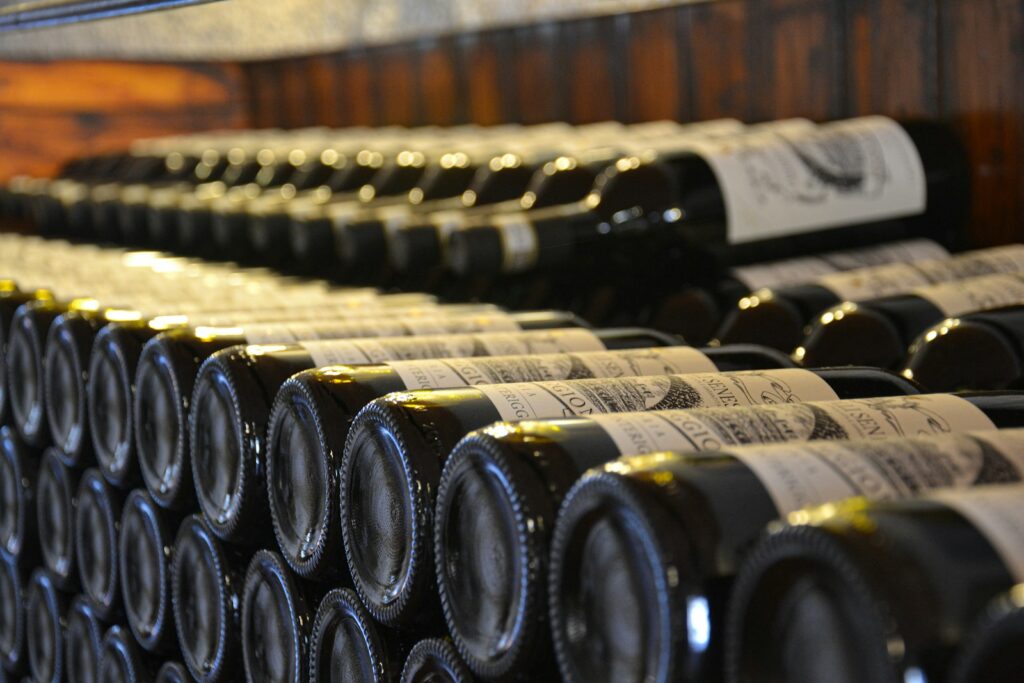
The most common wine bottle size is 750 milliliters (ml), which is approximately 25.4 ounces. This standard bottle size is used for the majority of wines available in the market, from reds and whites to rosés and sparkling wines. Knowing this baseline helps in calculating the number of servings per bottle.
Standard Wine Pour
A standard wine pour in a restaurant or at a tasting event is typically 5 ounces (approximately 148 ml). This serving size is considered ideal for enjoying the aroma and flavor profile of the wine without overwhelming the senses. Using this standard pour, a 750 ml bottle of wine yields about five glasses:
750 ml / 148 ml = 5.07 glasses
Therefore, you can generally expect to get around five glasses of wine from a standard 750 ml bottle.
Factors Affecting the Number of Glasses per Bottle
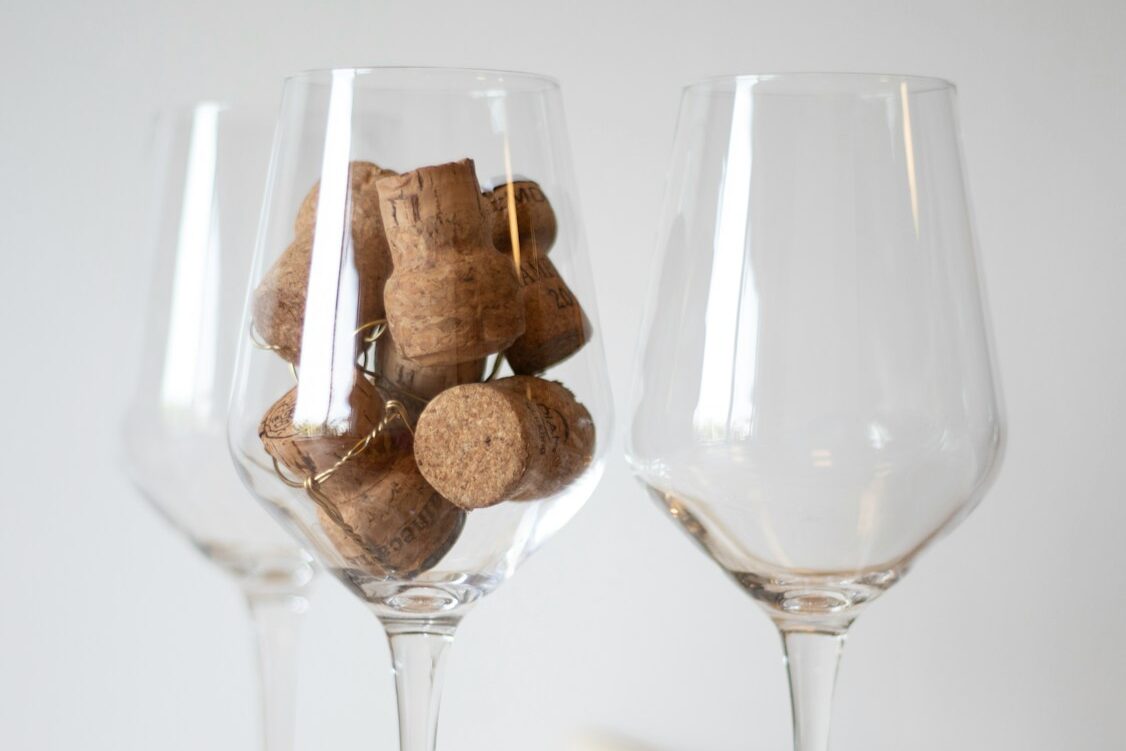
While the standard calculations provide a good starting point, several factors can influence the actual number of glasses you get from a bottle:
1. Glass Size and Type
Wine glasses come in various shapes and sizes, each designed to enhance specific types of wine. For example:
- Red Wine Glasses: Typically larger, holding 12-14 ounces, allowing for better aeration and bouquet development.
- White Wine Glasses: Smaller than red wine glasses, usually holding 10-12 ounces, preserving the cooler temperature of the wine.
- Sparkling Wine Glasses: Often narrow flutes or tulips, holding about 6-8 ounces, maintaining carbonation.
If you use larger glasses, you might pour more than the standard 5 ounces, resulting in fewer glasses per bottle. Conversely, smaller glasses or smaller pours will yield more glasses per bottle.
2. Type of Wine
Different types of wine are sometimes poured in varying amounts:
- Sparkling Wine: Often served in smaller quantities (around 4 ounces) to preserve the bubbles, leading to about six servings per bottle.
- Dessert Wine: Served in much smaller quantities (around 2-3 ounces) due to its higher alcohol content and intense sweetness, resulting in up to ten or more servings per bottle.
3. Occasion and Serving Style
The context in which the wine is served can also affect pour sizes. For instance:
- Tastings: Often feature smaller pours (1-2 ounces) to allow sampling of multiple wines, significantly increasing the number of servings per bottle.
- Parties: Might have larger pours (6-8 ounces) for more generous servings, reducing the number of glasses per bottle.
4. Serving Temperature and Wine Type
The temperature of the wine can influence pour sizes:
- Chilled Wines (e.g., whites, rosés, and sparkling): Often poured in slightly smaller amounts to prevent warming in the glass.
- Room-Temperature Wines (e.g., reds): May encourage larger pours to enjoy the full bouquet.
5. Cultural and Regional Traditions
In different parts of the world, pour sizes and serving styles may vary:
6. Alcohol Content
Wines with higher alcohol content (e.g., fortified wines like Port or Sherry) are typically served in smaller amounts to moderate consumption, whereas lighter wines may lead to larger pours.
- France and Italy: Often favor smaller pours to savor wine alongside meals.
- United States: Larger pours, especially in casual or social settings, are more common.
- Tastings Abroad: European and boutique wineries frequently serve smaller pours for an extended tasting experience.
5. Bottle Variations
While the standard wine bottle size is 750 ml, which yields about five glasses, there are various other bottle sizes that influence the number of servings:
- Split (187.5 ml): Also known as a quarter bottle, this petite size provides one glass, perfect for single servings or travel.
- Half Bottle (375 ml): Half the size of a standard bottle, yielding about two glasses, ideal for small gatherings or casual dinners.
- Standard Bottle (750 ml): The most common size, providing about five glasses of wine.
- Magnum (1.5 liters): Equivalent to two standard bottles, serving approximately ten glasses, great for sharing at dinner parties.
- Double Magnum/Jeroboam (3 liters): This impressive size equals four standard bottles, yielding around 20 glasses, perfect for weddings or large get-togethers.
- Rehoboam (4.5 liters): Holding six standard bottles, this larger bottle provides about 30 glasses, making it a showpiece for celebrations.
- Methuselah (6 liters): Equal to eight standard bottles, offering about 40 glasses. Popular for grand occasions and wine collectors.
- Salmanazar (9 liters): This giant bottle contains 12 standard bottles’ worth of wine, pouring roughly 60 glasses, a centerpiece for festive gatherings.
- Balthazar (12 liters): Equivalent to 16 standard bottles, yielding about 80 glasses, making it an extravagant choice for lavish parties.
- Nebuchadnezzar (15 liters): The largest commonly available size, holding 20 standard bottles and serving approximately 100 glasses. Ideal for monumental celebrations.
Practical Scenarios
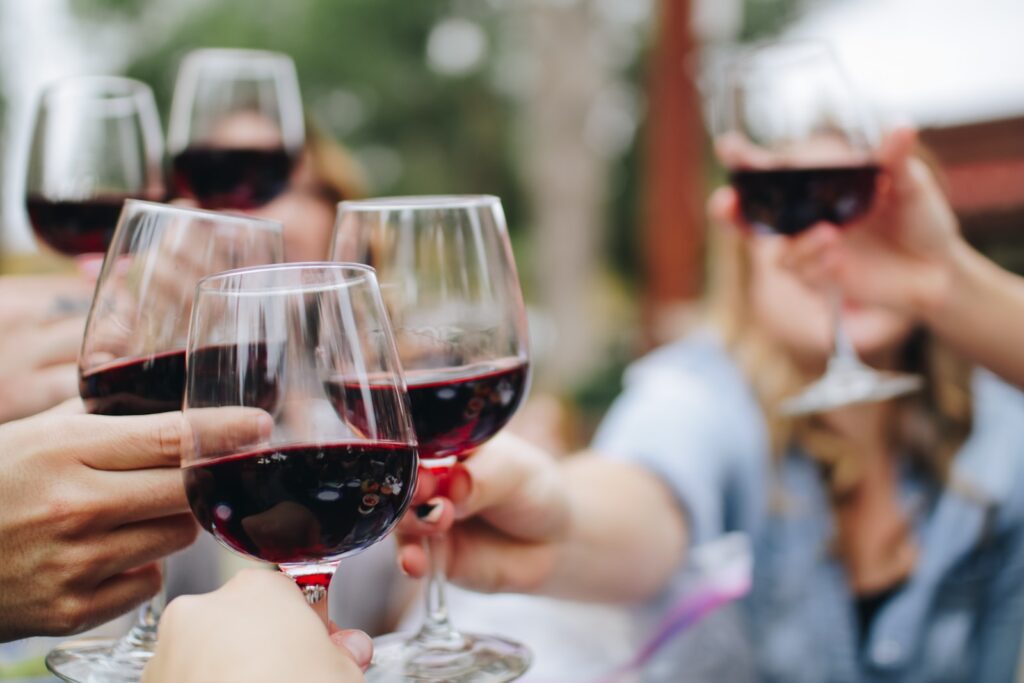
Understanding how wine servings vary in different situations can help you plan effectively for any occasion. Here are some practical scenarios to consider:
Scenario 1: A Dinner Party with Friends
You’re hosting a dinner party for six people, and you plan to serve red wine. Using standard red wine glasses, you pour 5-ounce servings. To ensure everyone gets two glasses of wine:
6 people x 2 glasses per person = 12 glasses
Since a standard 750 ml bottle yields five glasses:
12 glasses / 5 glasses per bottle ≈ 2.4 bottles
You’ll need at least three bottles to accommodate your guests.
Scenario 2: A Wine Tasting Event
You’re organizing a wine tasting event for ten participants, and you plan to offer four different wines. Each pour will be 2 ounces:
10 participants x 4 wines x 2 ounces per wine = 80 ounces
Since each 750 ml bottle contains 25.4 ounces:
80 ounces / 25.4 ounces per bottle ≈ 3.15 bottles
You’ll need at least four bottles in total, but since you’re serving four wines, one bottle of each wine should suffice.
Scenario 3: A Wedding Reception
You’re in charge of wine for a wedding reception with 100 guests. Assuming each guest will drink three glasses of wine (5-ounce pours):
100 guests x 3 glasses per guest = 300 glasses
Since a standard 750 ml bottle yields five glasses:
300 glasses / 5 glasses per bottle = 60 bottles
You’ll need 60 bottles of wine to serve your guests.
Tips for Serving Wine
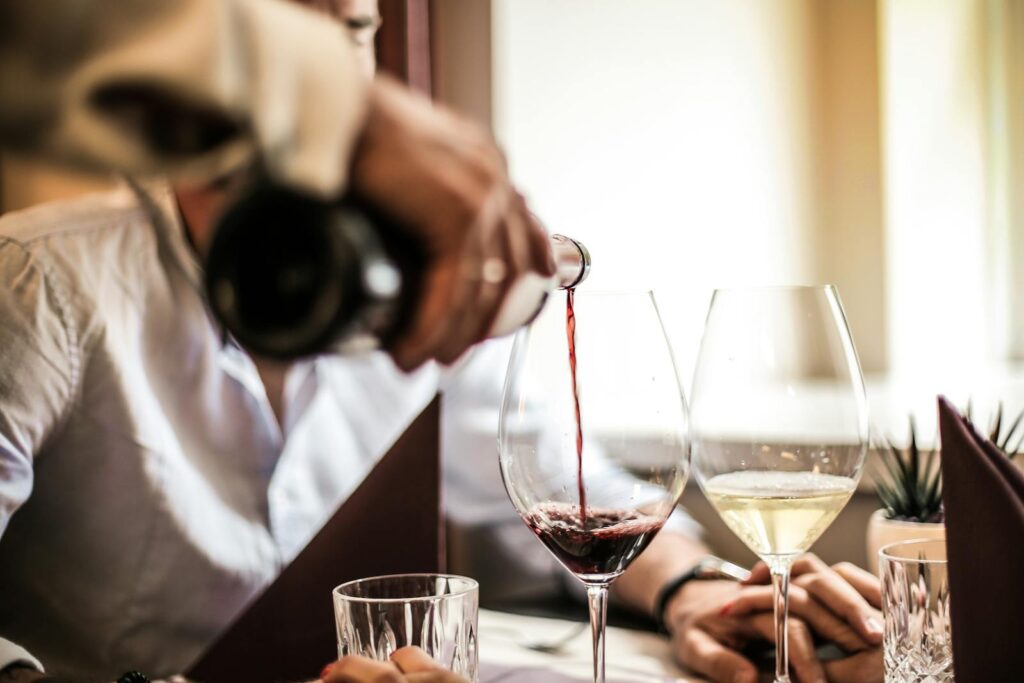
To make the most of your wine and ensure your guests have an enjoyable experience, consider these tips:
1. Serve at the Right Temperature
Each type of wine has an optimal serving temperature:
- Red Wine: 60-65°F (15-18°C)
- White Wine: 45-50°F (7-10°C)
- Sparkling Wine: 40-45°F (4-7°C)
Serving wine at the right temperature enhances its flavor and aroma. Consider the season and location of your event to ensure your wine is served and stays at the optimal temperature.
2. Use the Right Glassware
Using the appropriate glass for each type of wine can make a significant difference in the drinking experience. Red wines benefit from larger bowls, while white wines and sparkling wines are better enjoyed in smaller, narrower glasses. Consider modern, stemless glassware as well to diversify your options and add just the right touch to your event.
3. Pour the Right Amount
Stick to the standard 5-ounce pour for most wines. This allows for proper aeration and enjoyment without overwhelming the senses. For tastings, use smaller pours to allow guests to sample multiple wines.
4. Let the Wine Breathe
Red wines, in particular, benefit from aeration. Consider decanting the wine or allowing it to sit in the glass for a few minutes before drinking to enhance its flavor.
5. Store Wine Properly
Keep unopened bottles in a cool, dark place, stored horizontally to keep the cork moist. Once opened, recork and refrigerate the wine, even reds, to maintain its quality.
Conclusion
Understanding how many glasses of wine are in a bottle involves more than simple math. The type of wine, glass size, occasion, and serving style all play a role in determining the number of servings. By considering these factors and following best practices for serving wine, you can ensure a delightful wine experience for yourself and your guests.
Whether you’re planning a small gathering, a large event, or just enjoying a quiet evening at home, this guide provides the knowledge you need to pour the perfect glass of wine every time. Cheers to a better understanding of wine serving sizes and to enjoying every sip of your favorite vintages!

